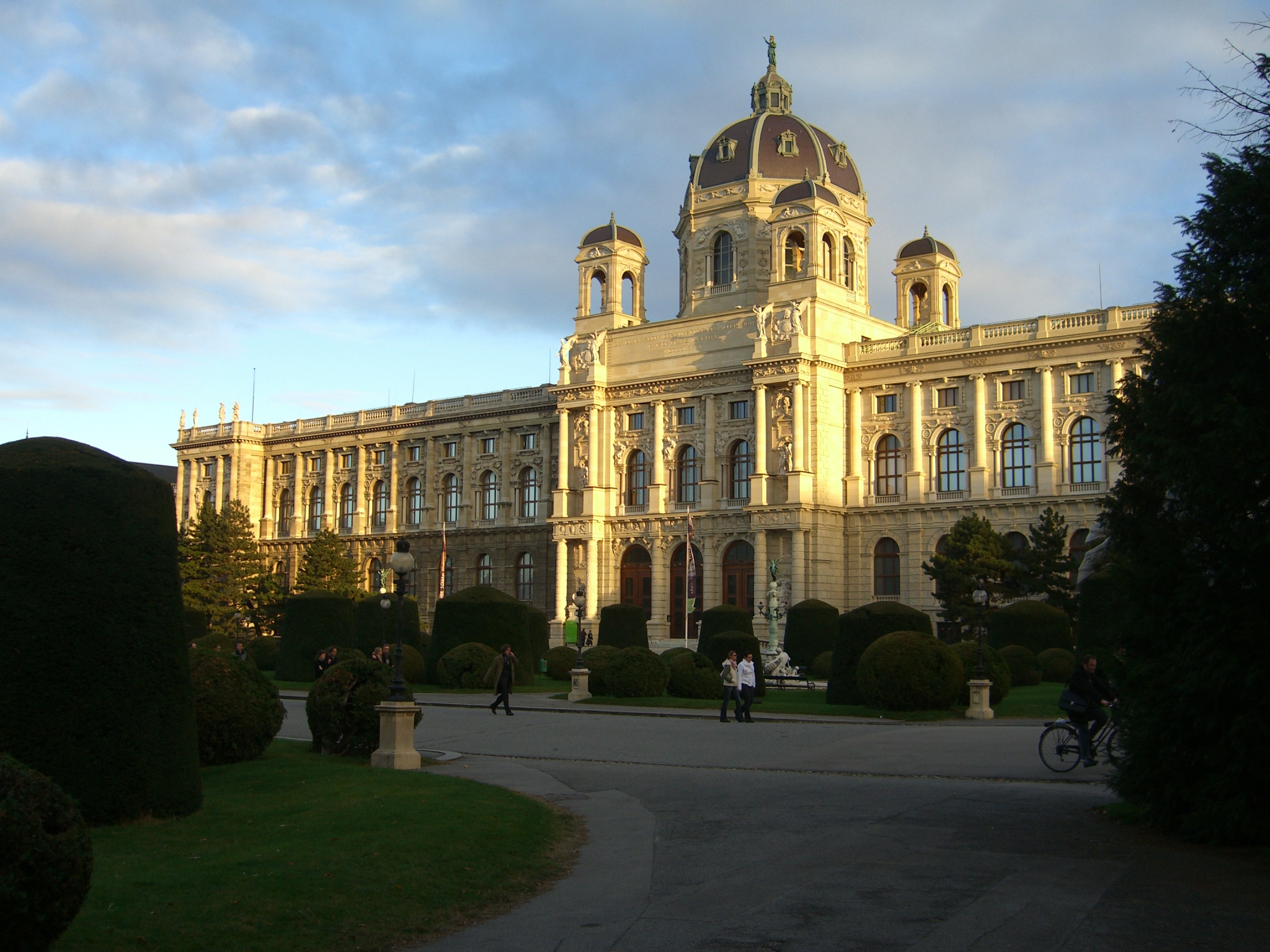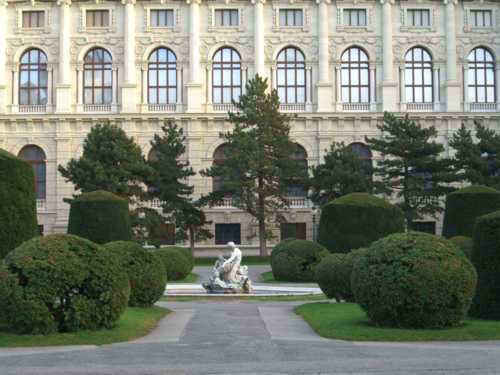Kunsthistorisches Museum Wien >>
<< A-Z >>
Kunsthistorisches Museum, since the opening of the museum building, common name for the museum of fine arts in Vienna.
Kunsthistorisches Museum contains the collections of art and cultural items of the Habsburg family with famous paintings by Bruegel, Raffael, Velazquez, Rubens, Rembrandt, Dürer, Tizian und Tintoretto. Several other collections, such as Collection of Greek and Roman Antiquities.
The main building (built from 1872-1891 to plans by G. Semper and C. von Hasenauer) houses the:
Egyptian and Near Eastern Collection from the 1st half of the 19th century;
Collection of Greek and Roman Antiquities, with the Ephesus Museum (the latter is accommodated in the Neue Hofburg imperial palace);
Picture Gallery; paintings from the 15th century onwards, formerly owned by the Habsburgs, the core of the gallery is the collection of Archduke Leopold Wilhelm;
Collection of Sculpture and Decorative Art; forms the centre of the imperial collections, brought together in 1891; the Este collection and the Tapestry Collection have been part of it since 1918;
Collection of Secular and Ecclesiastical Treasures Treasury (attached to the Collection of Sculpture and Decorative Art, but kept in the Hofburg imperial palace);
Coin Cabinet, collection of antique, medieval and modern coins and medals, with the collection of historical coining dies attached to it, but housed in the Austrian mint (collection started around 1500).
In the Neue Hofburg there are the
Collection of Arms and Armoury, which, after the Armeria Real in Madrid is the largest collection of this sort in the world;
Collection of Ancient Musical Instruments;
large comprehensive library, comprising books from historical collections.
Coach and Carriage Museum (collection of historical state and utility carriages) (Wagenburg Coach Collectionin Schönbrunn and the collections at Ambras Castle (Tirol).



